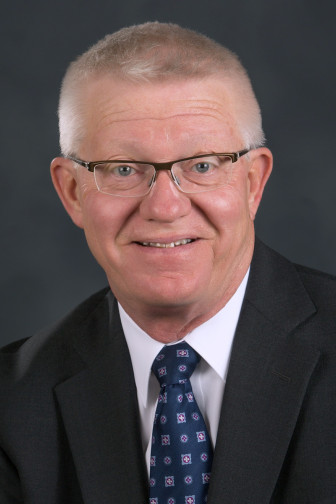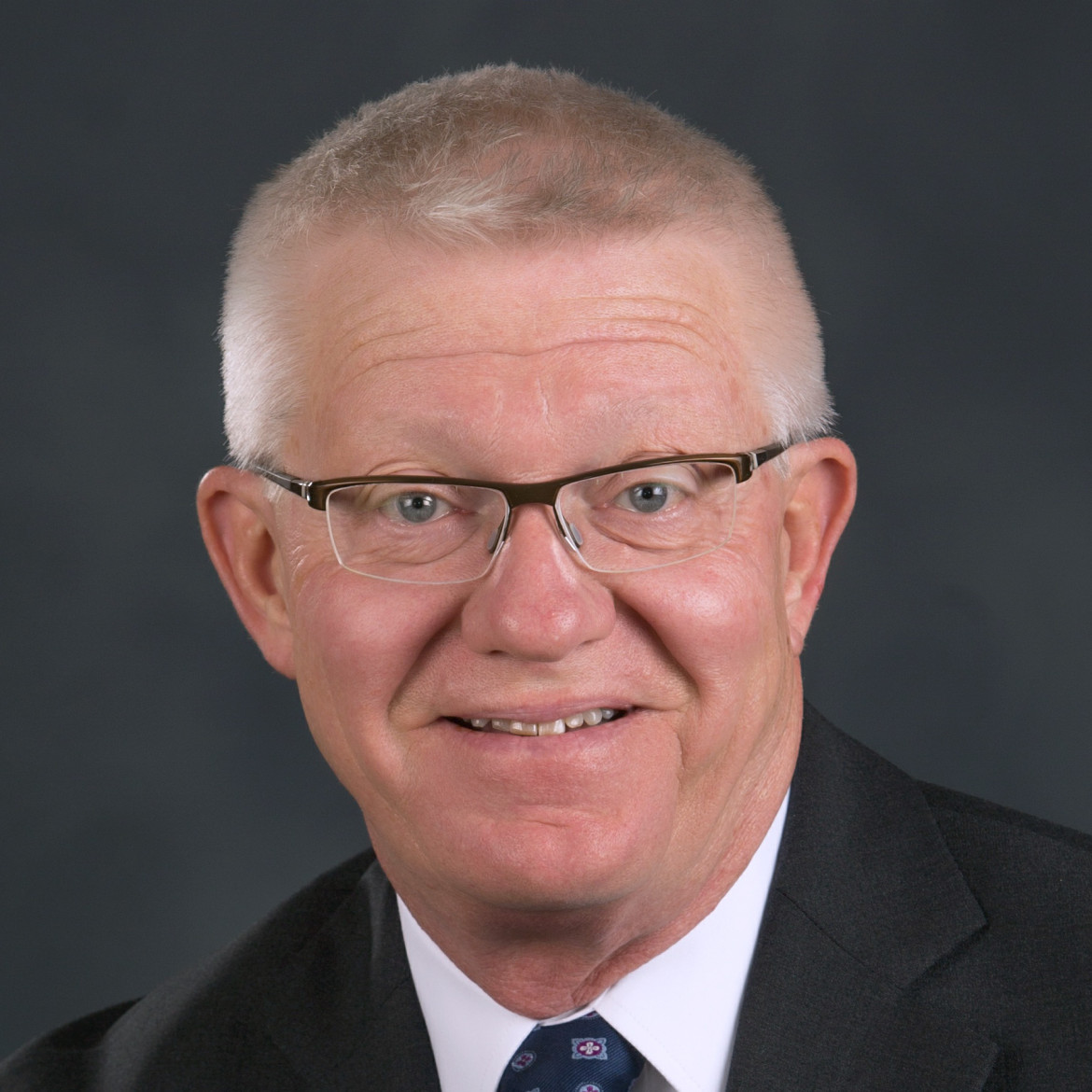 We have all heard that marriages fail for lack of communication and that money is the topic most often avoided in relationships. The same principle applies to the juvenile justice system at the macro and micro levels. As our states look to restructuring, reinvesting and rightsizing, stakeholders should talk about the financial future.
We have all heard that marriages fail for lack of communication and that money is the topic most often avoided in relationships. The same principle applies to the juvenile justice system at the macro and micro levels. As our states look to restructuring, reinvesting and rightsizing, stakeholders should talk about the financial future.
Policy changes in several states have created new models. For juvenile justice, the desire to do more with less spurred innovation in funding and that, in turn, improved outcomes for kids for fewer dollars spent. Rollout problems in many instances is caused by a lack of coordination among state agencies, local courts and local, mostly nonprofit providers.
Legislatures across the country are approving or considering fundamental changes to how to fund services to kids in the court system. If passed, the executive branch must converse with its agencies about how change must be implemented, and statewide court administrators must create rules, regulations, forms and training for judges, probation staff and others.
Coordination among the three branches of government is not always considered, and local government agencies and providers are seldom at any of these tables.
I learned these lessons while I was chief judge of the 2nd Judicial Circuit of Illinois — 12 counties in the southeastern corner of the state. Legislators and advocates were discussing the passage of reform legislation known as Redeploy Illinois. Counties participating in Redeploy Illinois have achieved a more than 50 percent reduction in the number of youth they send to state prisons.
Our circuit was interested in applying for the 2005 pilot program. Armed with an MBA earned in the 1970s, I began looking into how to pay upfront for services that later would be reimbursed by the state.
Because each county budget was independent and each county’s circuit clerk collected fees and fines separately, there was no single source of funds to the circuit as a whole. After discussions with other judges, I learned that some circuits had centralized probation service fees in the chief judge’s office. In fact, one circuit had amassed a total of more than $1 million.
As chief judge, I could establish a centralized system of these fees by a simple order. I did so but only after a lengthy preparation process.
[Related: JJDPA Could Clear Way for Other Juvenile Justice Reforms]
In concert with several judges, court staff and probation staff, we mapped the funds flow in each of the counties and in each probation district. We did a comparative analysis of the probation services fees over the circuit as well as the distribution of those fees by the clerks. We looked to probation staff and judges to establish “Pay or Appear” dockets to check on payment collection.
When the preparation was complete, I drove the 4,800-square-mile circuit to meet with stakeholders, including county boards and the array of potential service providers. We gained new ideas and partners and also learned of objections and obstacles to implementation of the consolidated funding and to Redeploy itself. I did enter the order; we did secure a spot as one of the original pilot sites; and the circuit is still a successful Redeploy program. And, yes, some people still think it was a bad idea.
 This story is but one example of the difficulties in reforming a system and the preparation necessary to do business a new way. Some early adopters of Redeploy left the program because state financial crises slowed reimbursement times to six months or more.
This story is but one example of the difficulties in reforming a system and the preparation necessary to do business a new way. Some early adopters of Redeploy left the program because state financial crises slowed reimbursement times to six months or more.
The planning for and acceptance of financial realities allowed the 2nd Circuit to survive the lean times and to continue services to kids with mental health, trauma, child welfare and substance abuse needs. That effort continues to pay dividends today as the governor and legislature battle over political differences and Illinois does not have a budget.
We currently have national resource centers that respond to the problems experienced by kids in conflict with the law. Maybe we missed a step — we don’t have a center for government agencies and service providers who need assistance in thinking through the financial realities of a reformed system — one that reinvests savings to create high-quality, community-based services and supports.
Like marriages that last a long time, maybe it is time for stakeholders in juvenile justice to talk not just about the lack of enough money but how to make better use of what we have as we search for more.
Judge George W. Timberlake, Ret., is chair of the Illinois Juvenile Justice Commission, and an alternate member of Federal Advisory Committee on Juvenile Justice. He was a trial court judge for 23 years before retiring as chief judge of Illinois' 2nd Circuit. He is a member of the Illinois Models for Change Coordinating Council, the Illinois Juvenile Justice Leadership Council, the Redeploy Illinois Oversight Board and the board of the state Juvenile Justice Initiative.
More articles related to this one:
Increase in Homicides Unlikely to Derail Juvenile Justice Reforms, Observers Say
Provision Aims to Get ‘Smart on Juvenile Justice’
Rethinking Juvenile Detention: Better Outcomes With Fewer Lockups
